
Groupshow
A Gift to the Dark
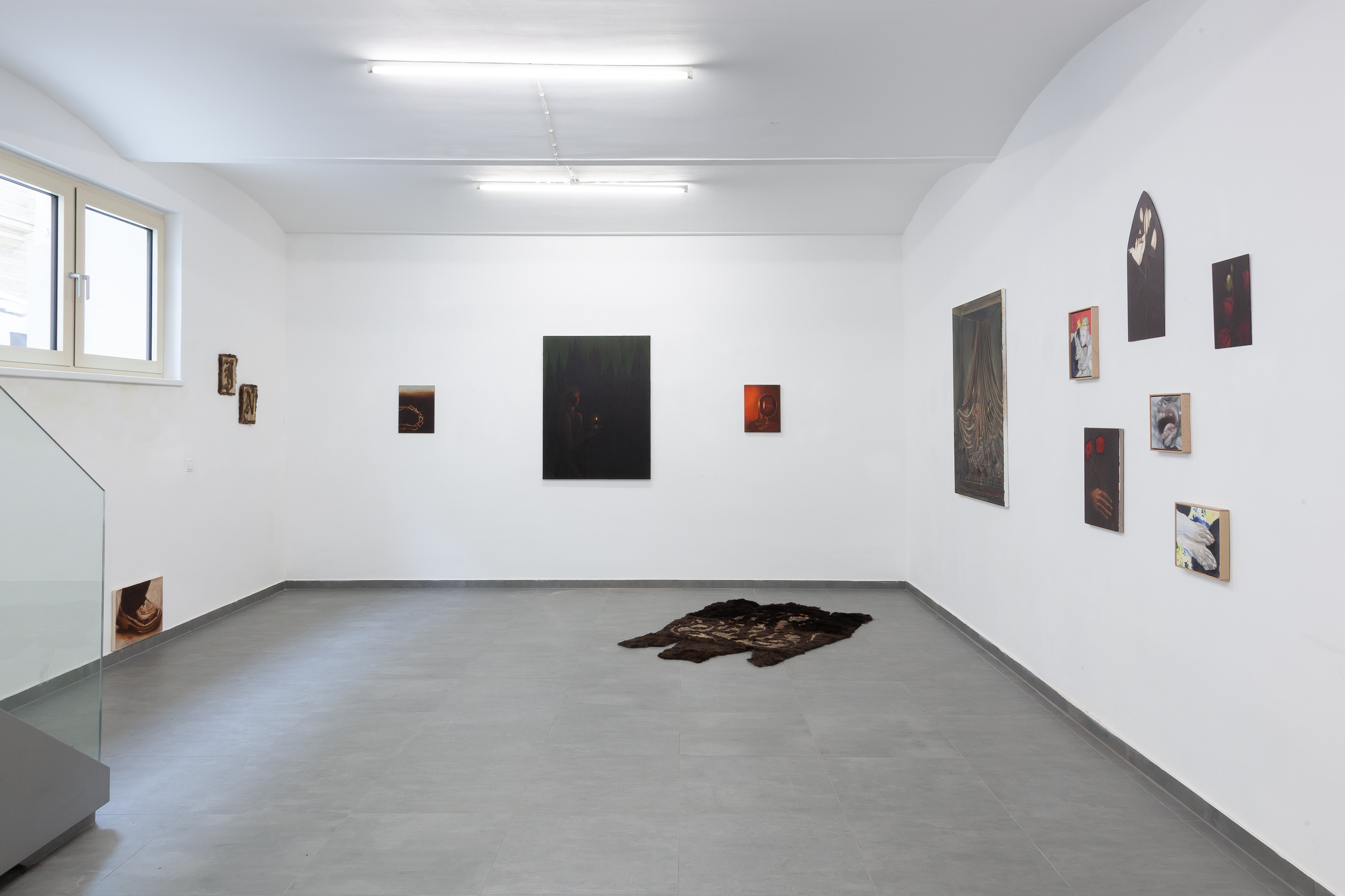
Installation View: A Gift to the Dark
Advertisement
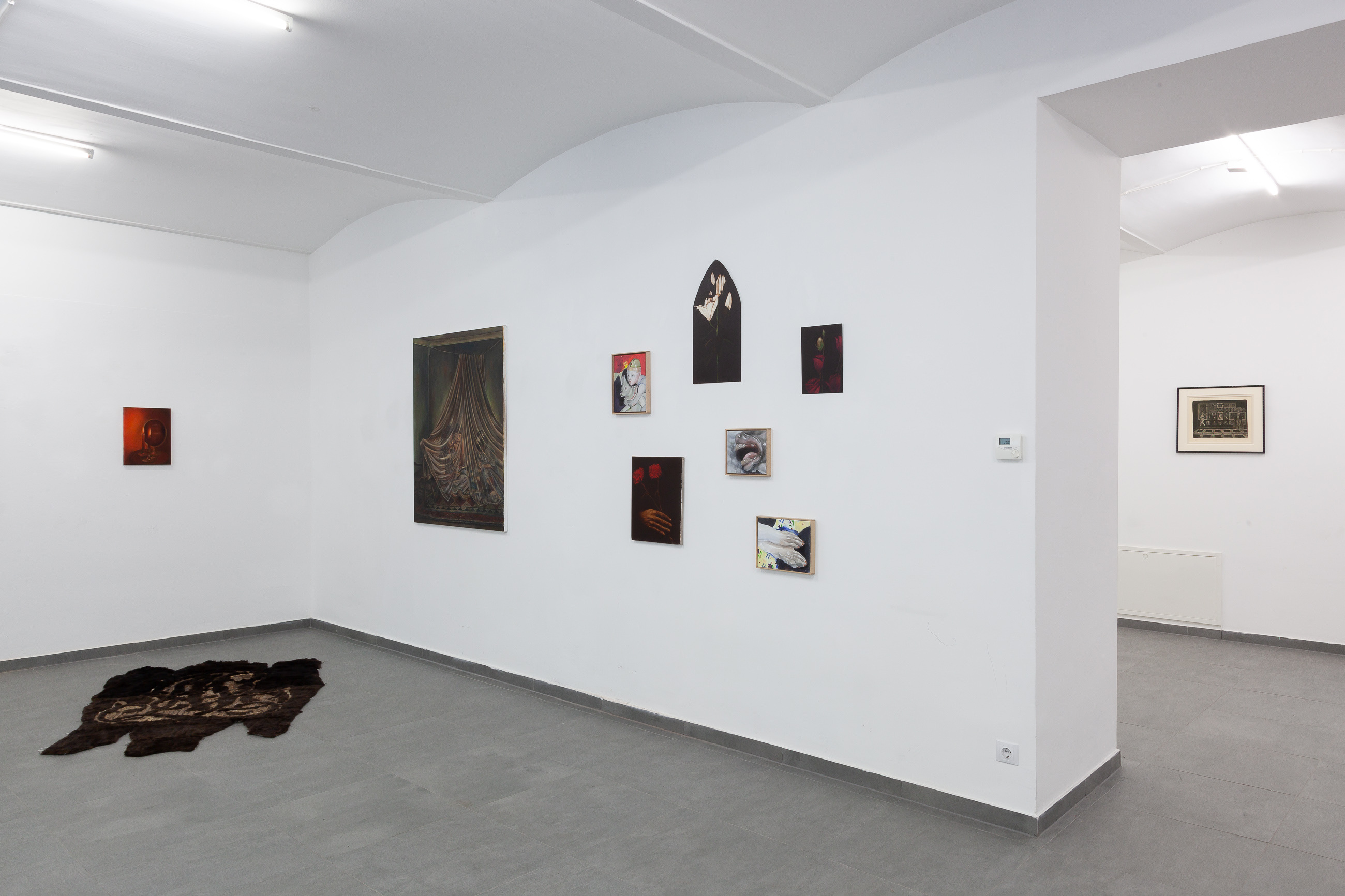
Installation View: A Gift to the Dark
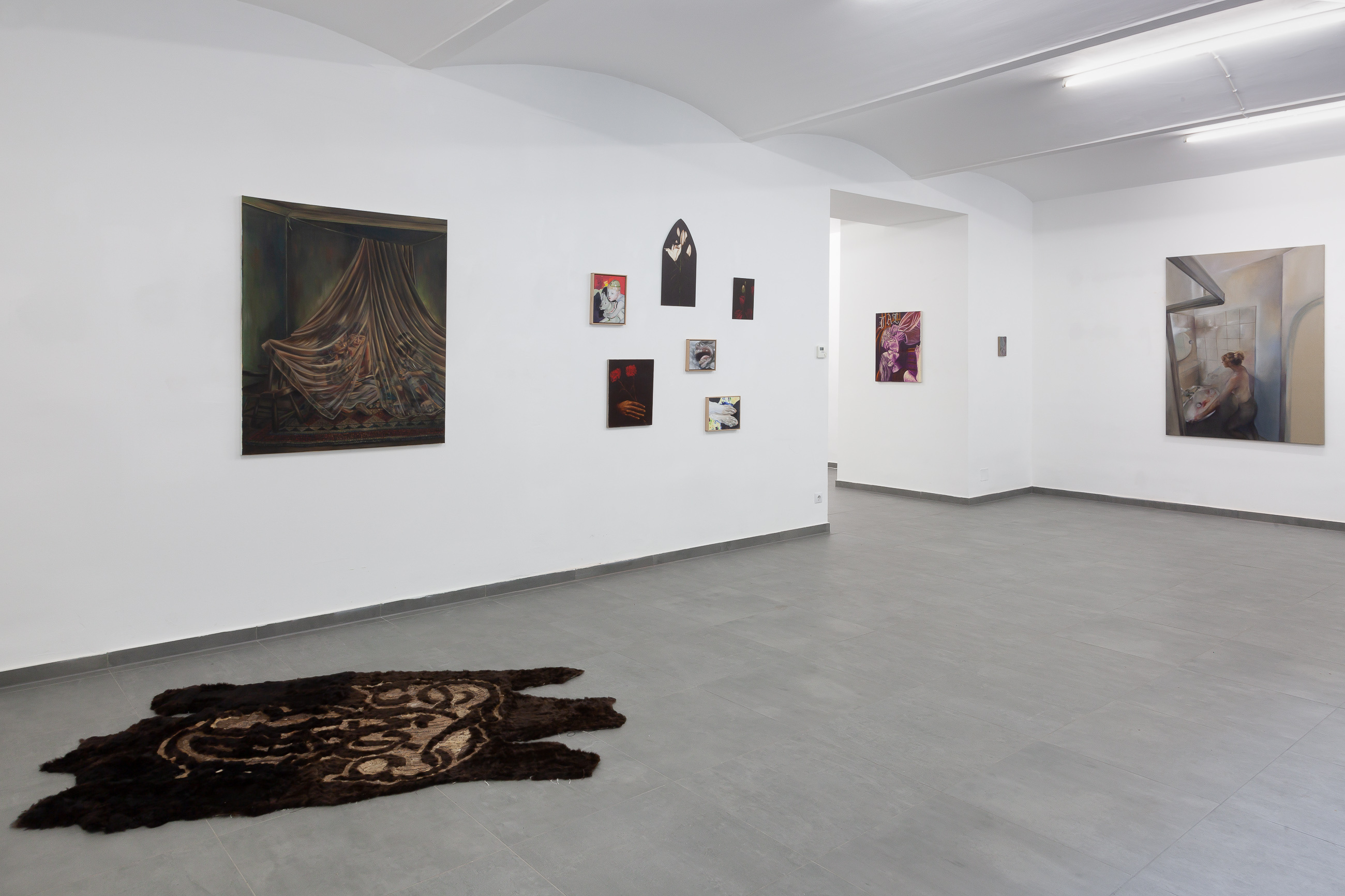
Installation View: A Gift to the Dark
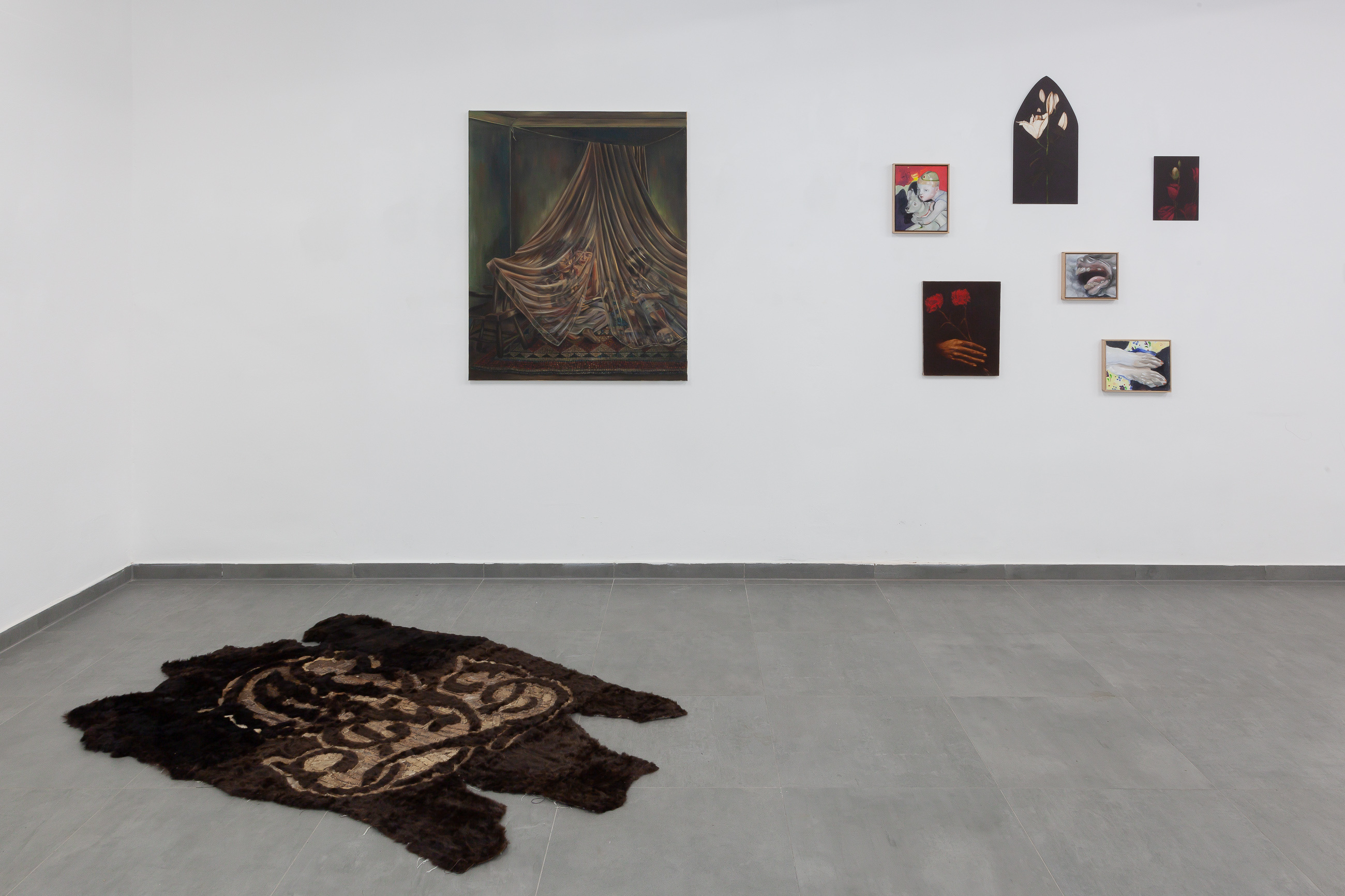
Installation View: A Gift to the Dark
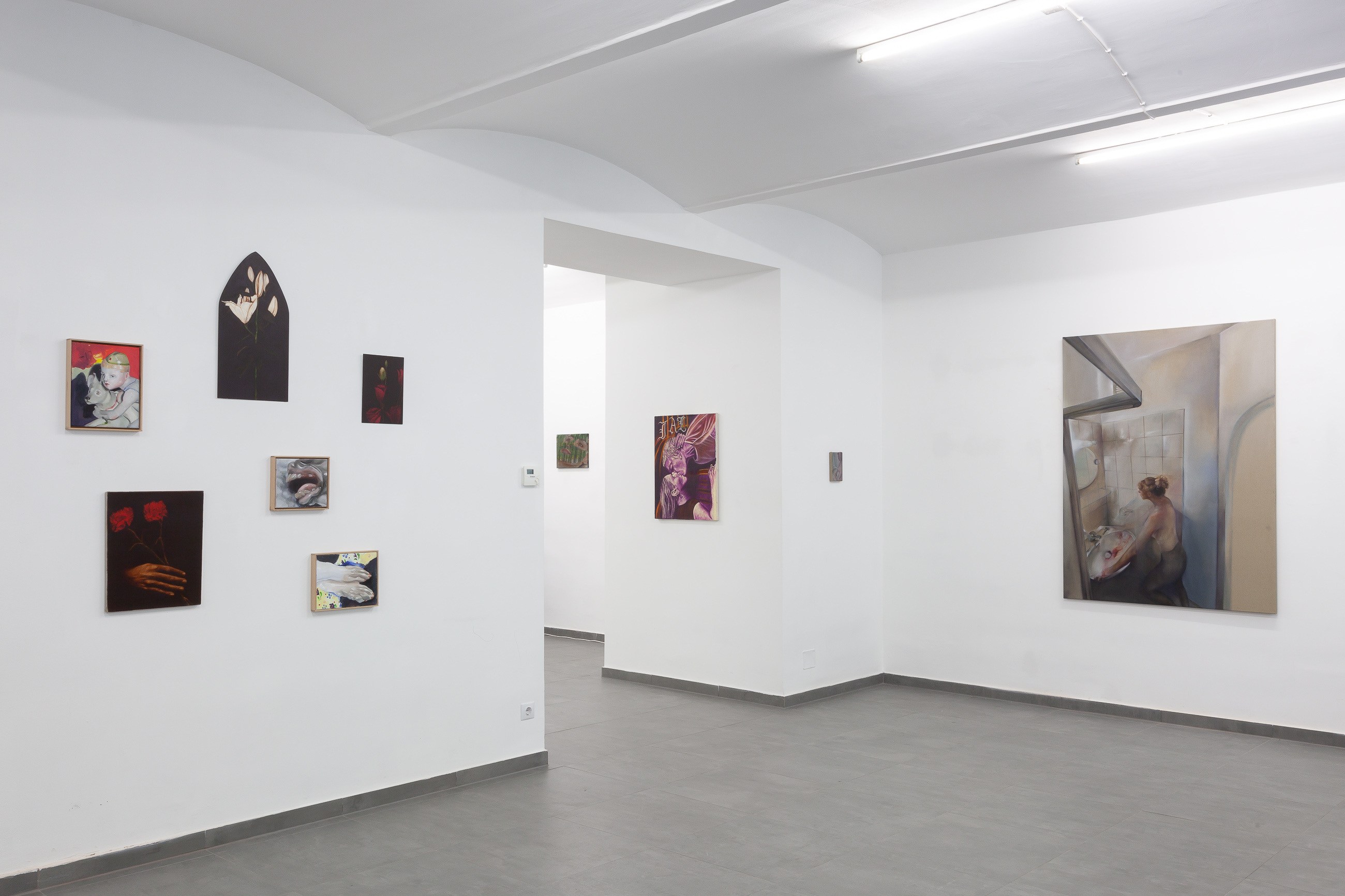
Installation View: A Gift to the Dark
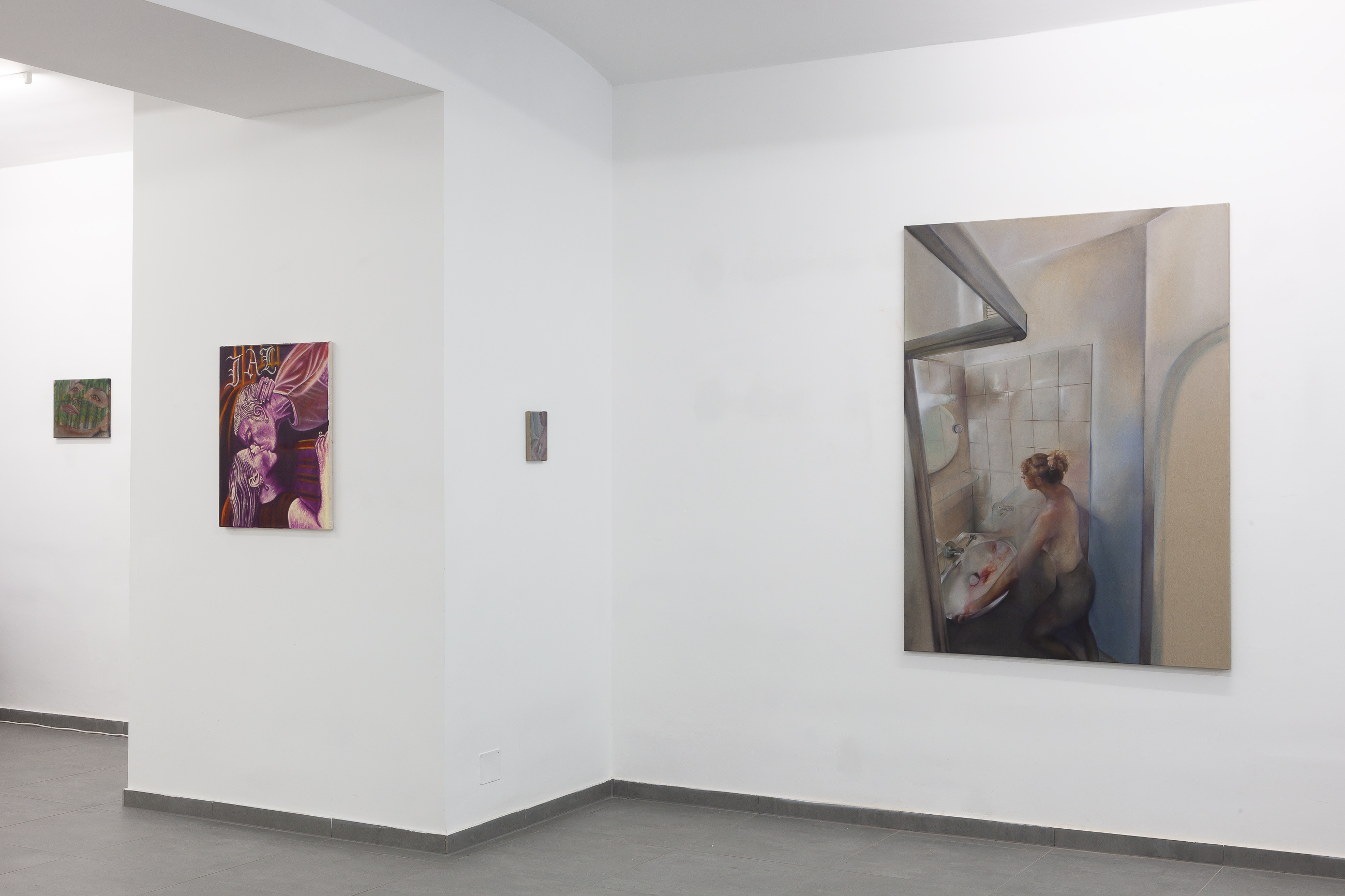
Installation View: A Gift to the Dark

Installation View: A Gift to the Dark
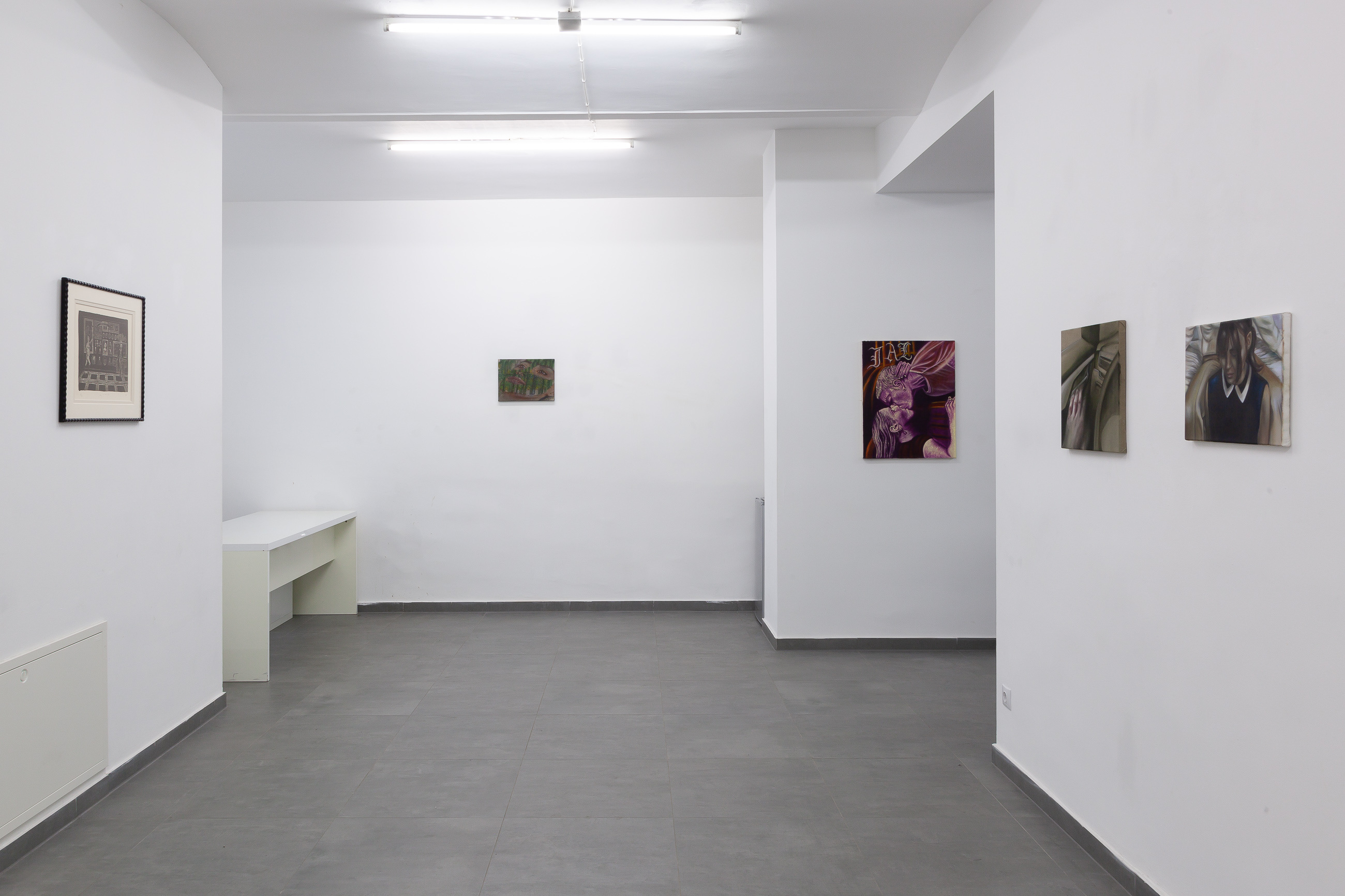
Installation View: A Gift to the Dark
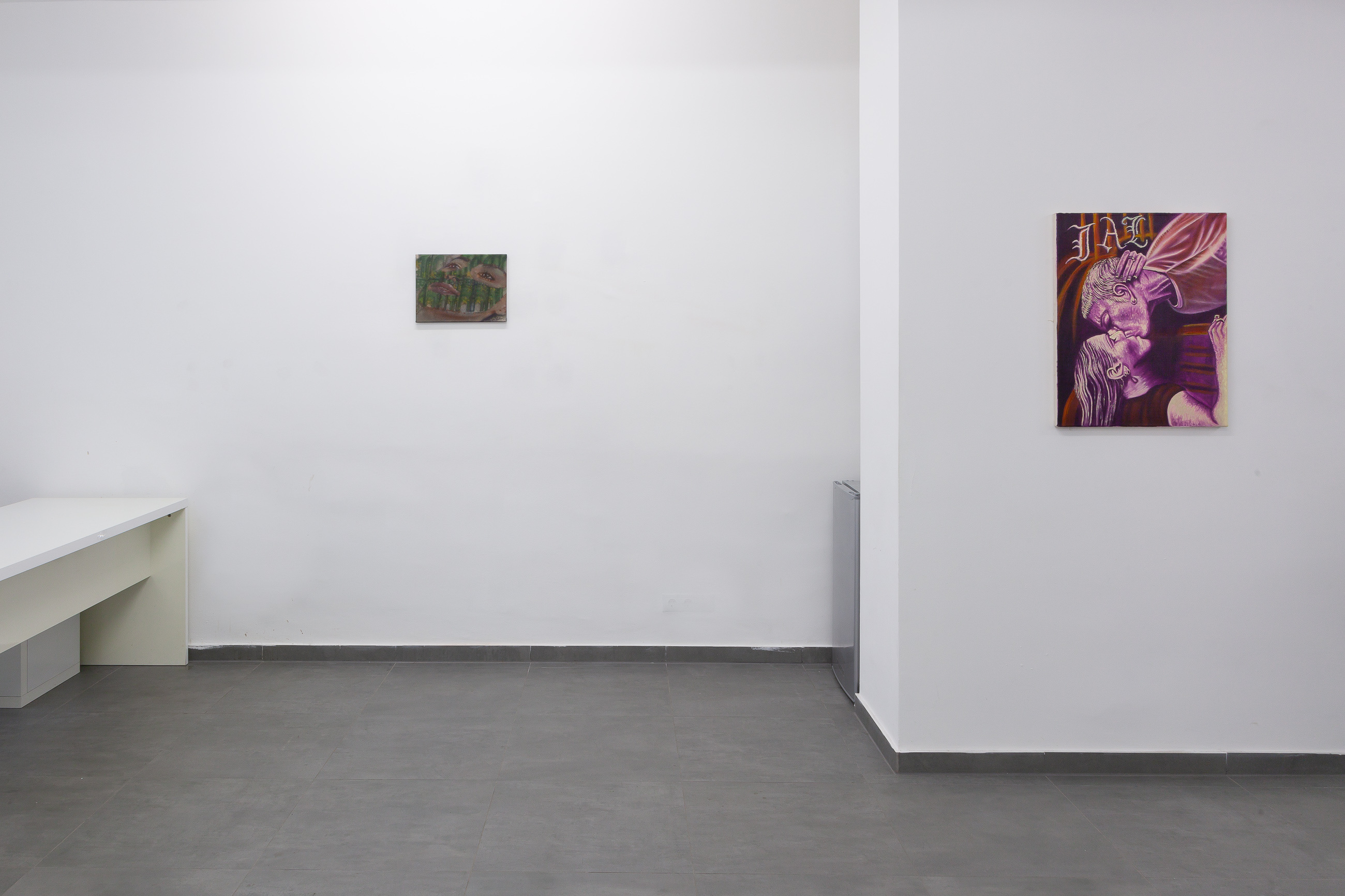
Installation View: A Gift to the Dark
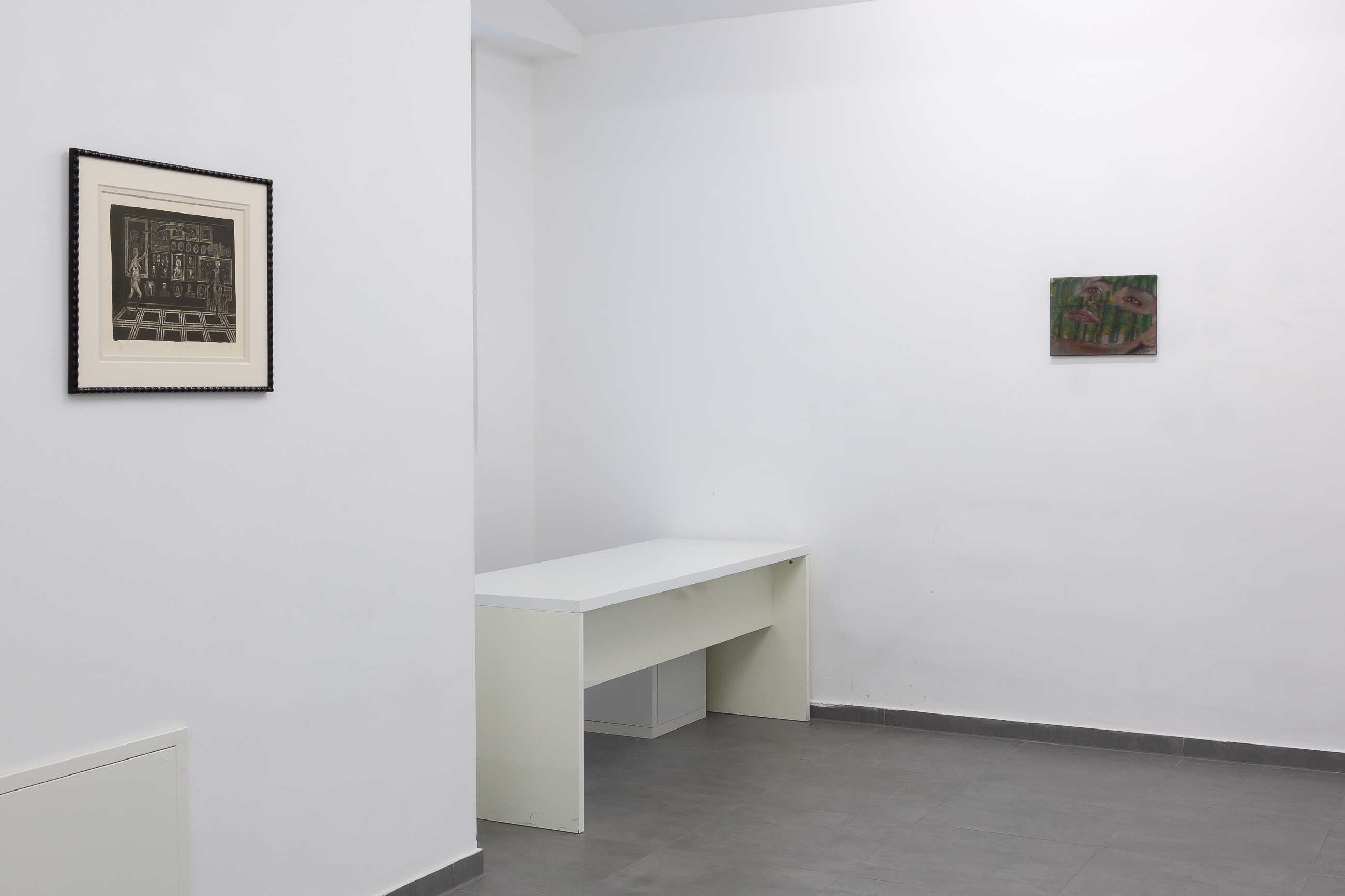
Installation View: A Gift to the Dark

Installation View: A Gift to the Dark

Installation View: A Gift to the Dark
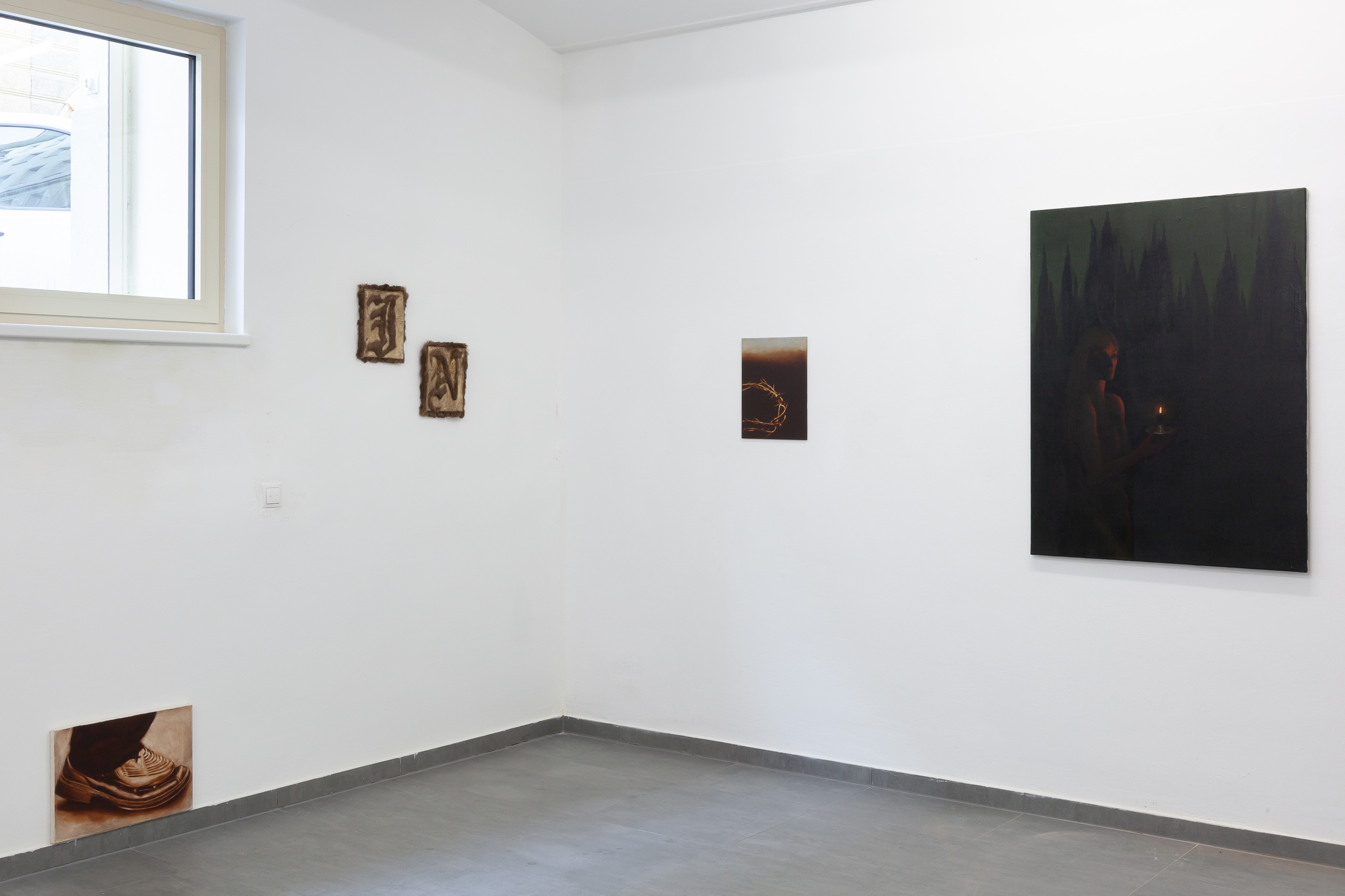
Installation View: A Gift to the Dark
A Gift to the Dark showcases eight international artists based in London, Milan and Vienna, whose works explore notions of Sigmund Freud’s concept of the unheimlich. The etymology of the unheimlich, translated into English as the “unhomely”, stems out of and is in direct contrast to the heimlich (the “homely” or familiar). As such, the unheimlich (or, the uncanny1) generates an eerie, estranged or frightening effect, of a thing or occurrence that originates from the unfamiliar within the familiar, or vice versa. Freud stresses that “‘The Uncanny’ is that class of the terrifying which leads back to something long known to us, once very familiar.” Triggered by a present-tense external force, the unheimlich is a repressed subconscious erupting to the fore in a hybridised, concocted manner. As the title suggests, A Gift to the Dark unearths the uncanny from within dark romanticism and explores its liminal planes and uncertain territories. Rather than shying away from the sinister tropes inherent in the works, A Gift to the Dark celebrates their uniquely charged motifs and timely subject matter by recognising their authentic avenues anchored in the unheimlich. Whether apparent through technique, medium, motif or subject matter, each work reveals a potent confrontation with the unheimlich.
In Georgia-May Travers Cook’s The daydream, a woman sits in a domestic setting, vacant yet poised, suspended in an uncanny gesture: Does the smile encapsulate an ecstatic moment or a composed tranquillity? Her eyes glare into an unknown territory beyond the canvas, while the plaits wistfully envelop her neck. Within the iconography of art history, hair has always represented a mythical intimate extension of womanhood and depicted power as well as veiled mysteries. In terms of materiality and its effect within painting, both Alex Macedo and Beatrice Alici distinctively extract the light from within the dark, generating
an eerily dream-like or sacred effect. In his works, Macedo incorporates the traditional glazing technique common to old master paintings, where multiple layers of red umber are applied, and top layers are withdrawn allowing illumination from beneath. Alici paints nocturnal scenes of sublime women in naturalistic ethereal settings, where figurines emerging from the dark are endowed with supernatural qualities, depicted as goddesses, witches, incubuses and more. In unsettling ways, both India Nielsen and Sarah Fripon explore distinct limitations and consequences in the communication of language, creating estranged incomprehensible junctures. Transferring an old fur coat into a shaved fur rug or canvas, Nielsen’s works display encrypted letters and sigils transforming each piece into an undefinably self-referential object of magick. For Nielsen, “they are beings in their own right.” In similar ways to Fripon, Nielsen’s My Tongue is a Vessel (Slim Shady kisses a fan at a concert, 1999) interrogates the absurd strange functions of image-making, mass-consumerism, popular culture and its empty gestures. As Mark Fisher rightly exclaims, “Capital is at every level an eerie entity: conjured out of nothing, capital nevertheless
exerts more influence than any allegedly substantial entity.”2 Indeed, King Rhomberg’s lithography Avaritia also incongruously critiques the gluttony, greed and overconsumption of a parasitic elite through dark romanticism and sinister humour.
In Fragment 1, Esther Martens captures a suspended grotesque cry originating
from a convulsed horse’s mouth. Abstract figurines that oscillate between conditions of the human and non-human, such as animals and folkloric characters, are aesthetically referential to inanimate porcelain objects. As such, the viewer is confronted with a speculative space encapsulated by strange phantasmagoric and absurdist figurative compositions. Are these figures portrayed as alive or inanimate? In contrast, Paulina Aumayr’s work Wieder Da, which translates as ‘back again’, depicts a shuddering moment of self-reflection: A woman is suspended in a moment of delirium as she catches her reflection in the mirror and recomposes herself and the encompassing space around her.
Sayori Radda




